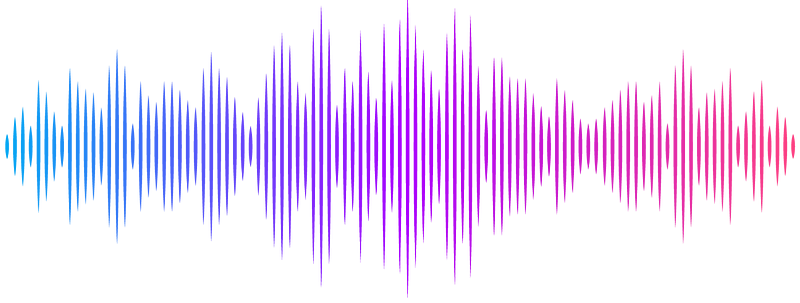DYNAMIC CHANGES TO THE INTESTINAL ENVIRONMENT OCCUR THROUGHOUT RECOVERY FROM EXPERIMENTAL ISCHAEMIC STROKE

DYNAMIC CHANGES TO THE INTESTINAL ENVIRONMENT OCCUR THROUGHOUT RECOVERY FROM EXPERIMENTAL ISCHAEMIC STROKE
Martin, R. M. L.; Mouat, I. C.; Whelan, R.; Hegarty, L. M.; Anderson, C. J.; Dockrell, D. H.; Bain, C. C.; Ho, G.-T.; McCulloch, L.
AbstractStroke survivors experience a plethora of complications during recovery, including gastrointestinal symptoms. Intestinal dysfunction is reported to occur rapidly following stroke in both humans and animal models and alterations such as reduced barrier integrity, lymphocyte loss, and an altered microbiota have been suggested to contribute to poor neurological outcomes. Despite the persistence of gastrointestinal symptoms in many stroke survivors, how the intestinal environment changes over the course of stroke recovery remains poorly understood. Here, we use an experimental model of ischemic stroke to profile the gastrointestinal tract over a three month period of recovery.We have shown that experimental stroke leads to structural alterations to the colon, impaired transit times and an altered bacterial community composition. No impairments to barrier function were detected at any time point and transit times recover within 2 weeks post stroke. In contrast, structural and bacterial community alterations remain up to 3 months post stroke and are accompanied by abnormalities that develop only during chronic recovery, such as altered antibody coating of bacteria. These results suggest that the gastrointestinal system is dynamically altered over the course of experimental stroke recovery and that certain defects persist chronically after stroke.